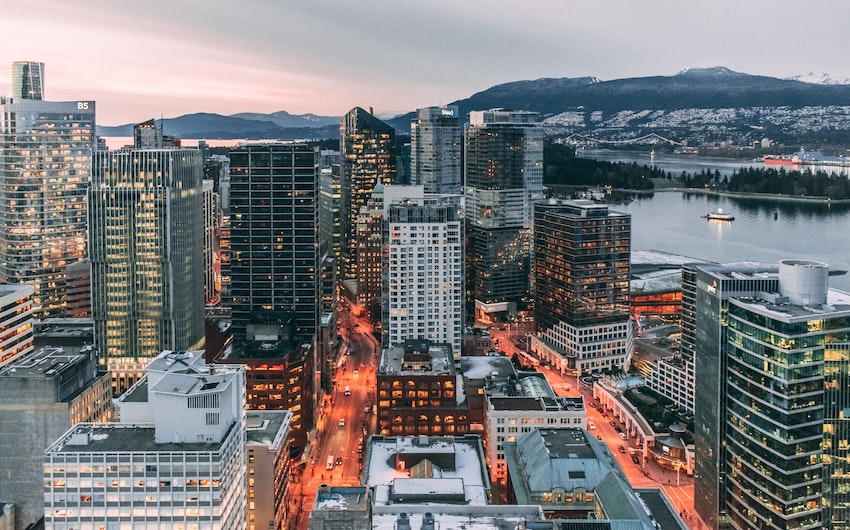The Canadian real estate bubble is kind of like a plane. People on it know it’s going fast but being inside of it means you don’t really appreciate the speed. On the outside though, the bubble looks like it just broke the sound barrier, especially in contrast to its G7 peers. US Federal Reserve data shows all G7 countries have been rather exuberant recently, as monetary policy inflated home prices everywhere. However, Canada stands out having grown multiples of other countries and going into hyperdrive in Q1 2022.
Canadian Home Prices Grew 60% Faster Than US Bubble Growth
The Canadian real estate bubble blew past all of its G7 peers. It’s actually so far above its peers, foreign real estate bubbles likely look like deals. Canadian home prices grew 12% in Q1 2022, more than 3x the UK (+3.8%), the second fastest growing country. Annual growth in Q1 reached 31% for Canada, about 60% faster growth than the US saw over the same period. It’s worth mentioning the US Federal Reserve now calls American real estate a bubble, but Canada doesn’t consider itself one. Must be a great weather premium.
Canadian Home Prices Have Increased 80% Since 2016
Medium-term growth demonstrates a similar level of exuberance from Canadian real estate buyers. Canada has seen home prices rise 80% since 2016, leaving Germany (60%) as the only country even close to that growth. In Germany, this level of growth is considered a crisis that produced debate on nationalizing the rental stock. In Canada, it’s a projection investors like to use for home price growth over the next 9 years.
Canadian Real Estate Prices Have Grown At Least 3x Others G7s
Long-term growth is where the Canadian real estate bubble demonstrates how long this problem has been brewing. Canadian home prices have grown 282% since 2005, nearly 3x Germany (97%), the next closest country. Compared to our neighbors to the South, Americans have seen 66% growth — a lot, but a quarter of what was seen in Canada.
Canada’s Monetary Madness Has Galvanized Moral Hazard
Canada’s real estate bubble is essentially a bubble on a bubble, built on top of a tinier bubble. Home prices at the last bubble peak in 1990 weren’t achieved in real terms until the 2000s, so there wasn’t much to correct by 2006. However, the country still went ahead and provided stimulus much in the same way the US was responding.
Monetary policy moves during this period didn’t produce an outrageous amount of growth, but it did create a moral hazard. How many times have you heard Canadian real estate investors say home prices don’t fall, the government will do whatever it takes? Even in a small correction, they stepped in.
When the 2017 real estate price correction occurred, the Bank of Canada (BoC) began to buy mortgage bonds. This essentially creates more liquidity for mortgage capital, encouraging lending. At the time they called it a routine operation, but it was clearly the implementation of a precursor to quantitative ease (QE). Falling prices began to stall, 2020 hit, and then QE was actually deployed. Saved again.
Homebuyers, especially the new influx of leverage investors, naturally didn’t see anything wrong with the recent exuberance. Mortgage brokers are even telling clients that rates will fall soon and prices will resume climbing shortly. Why wouldn’t they expect this? The BoC has done it for nearly two decades. Unfortunately, this is going to be the first time inflation is high enough that the bailout mechanism of easy credit threatens monetary stability.
